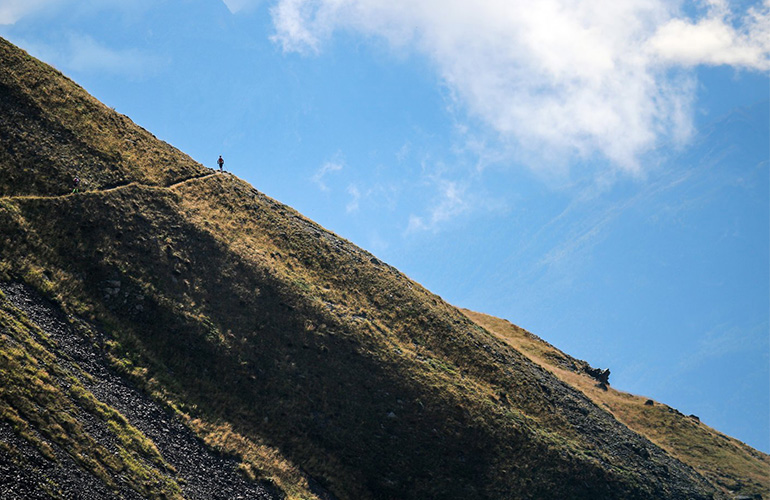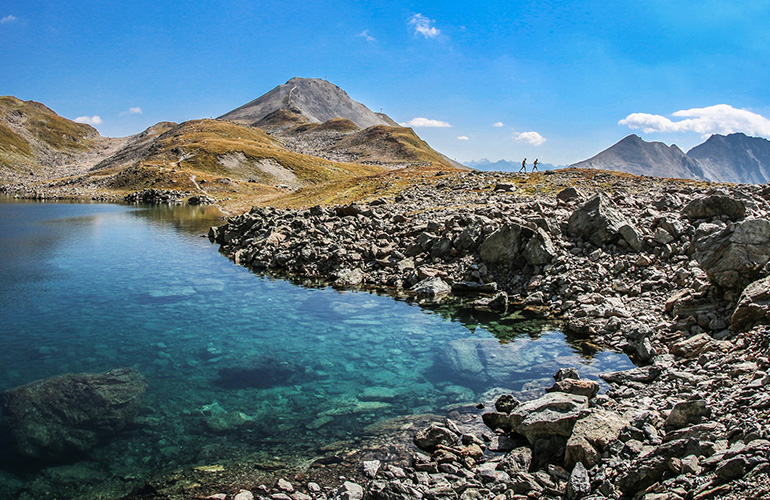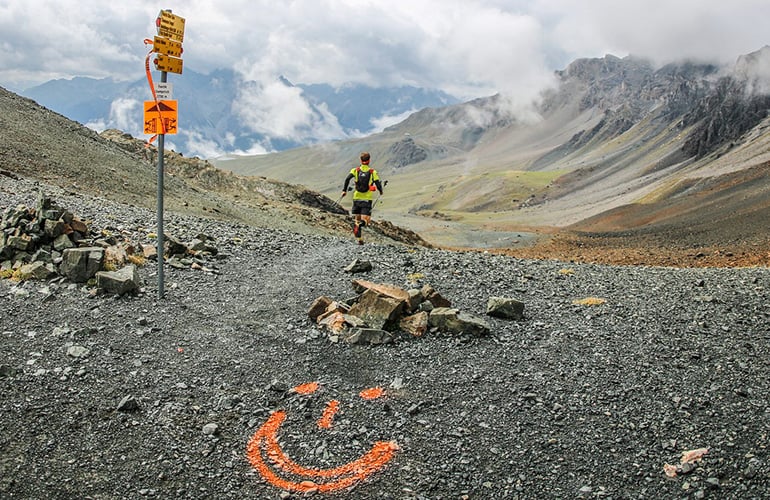Director of coaching at trainright.com, Jason Koop has been guiding elite athletes for decades. His book Training Essentials for Ultrarunning is a veritable goldmine of training knowledge. We caught up with coach Koop to talk about the book, which he says disproves widely held beliefs about ultrarunning.

Training for an ultramarathon demands high volume and time
The first myth, says Koop, is really bad for the sport of ultrarunning; the widespread, and discouraging, belief that to run one you need to clock in a seemingly insurmountable number of kilometers or miles and hours each week.
“It creates a barrier to entry for a lot of people because they think they have to train 18 or 24 hours a week,” Koop says. “The fact of the matter is you don’t need that much time and that much volume. While more is better, there’s a point of diminishing returns. After about nine hours per week, every additional 10% of volume doesn't correlate to a 10% improvement in performance or capability. It might only be 5 or 1% you get back.
For a 100 mile race, Koop says doing 10 to 12 hour training weeks for eight to 10 weeks is enough. For the 50 km or 50-mile distance, it’s about nine hours for about six to eight weeks.
© Philipp Reiter
You need mountains to properly train for an ultramarathon
While living and training in the mountains is helpful, it’s not essential. “Consider Kaci Lickteig,” Koop says. “She was second at the Western States 100 in 2015, yet she lives in Omaha, Nebraska and only does about 305 m of vertical a week. It takes her 20 weeks to accumulate the amount of vertical that’s in the Western States 100. But yet she has been really successful. It’s nice to train in the mountains if you can, but most normal people can be successful without them. The more important priority is improving your cardiovascular engine.”
© Philipp Reiter
You have to be freakishly talented to run an ultramarathon
Koop says a lot of people believe you need to be genetically endowed with a sky-high vo2 max to be a good ultra runner. “I really haven’t found that to be the case,” he says. “Most of the guys and the girls we test, they’re not even close to an Olympic caliber marathon runner or even to a national caliber marathon runner. An ultra runner’s aerobic engine isn’t the sole determinant of performance in the way as it is for a marathoner. There is a lot of other factors that play more of a role in an ultramarathon – strategy, mental toughness and nutrition, for example. You have to be able to do a big mix of things and don’t have to be the biggest aerobic powerhouse on the planet.”
© Philipp Reiter
I would never be able to finish in time
“Most ultra marathon cut off times are really generous,” Koop says. “The physiological talent or aerobic power that it takes to run at the pace to make cut off is actually within reach of most people. A typical cut off time for a 100 miler, for example, is 30 hours – that’s 18 minutes a mile. Just about everybody walks one mile in 18 minutes and 30 seconds. What that indicates is the fitness required to complete the task isn’t very high. So it’s an accessible sport from this standpoint.”
Lead image: © Philipp Reiter